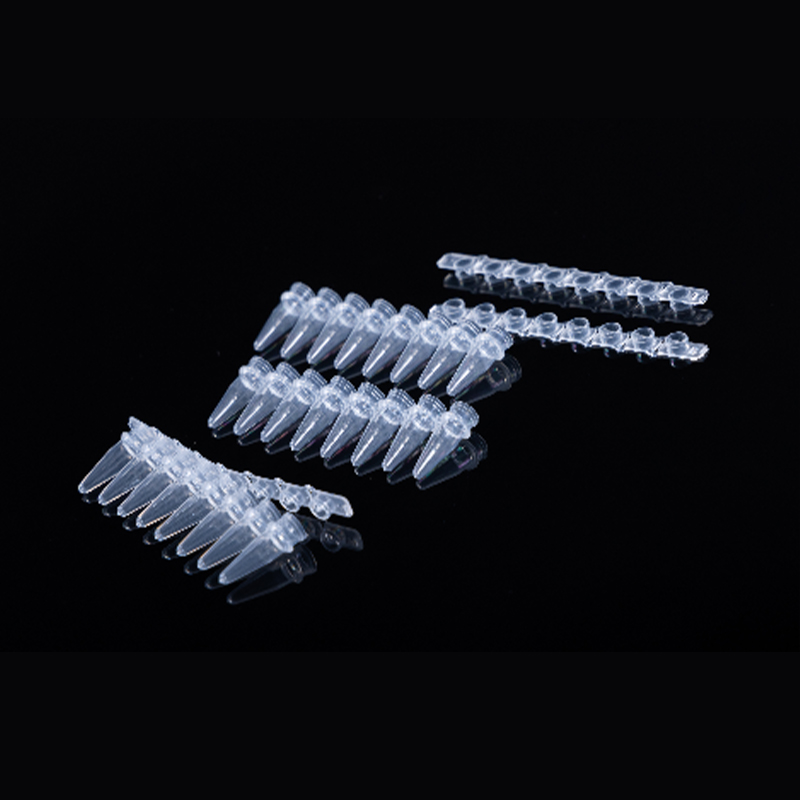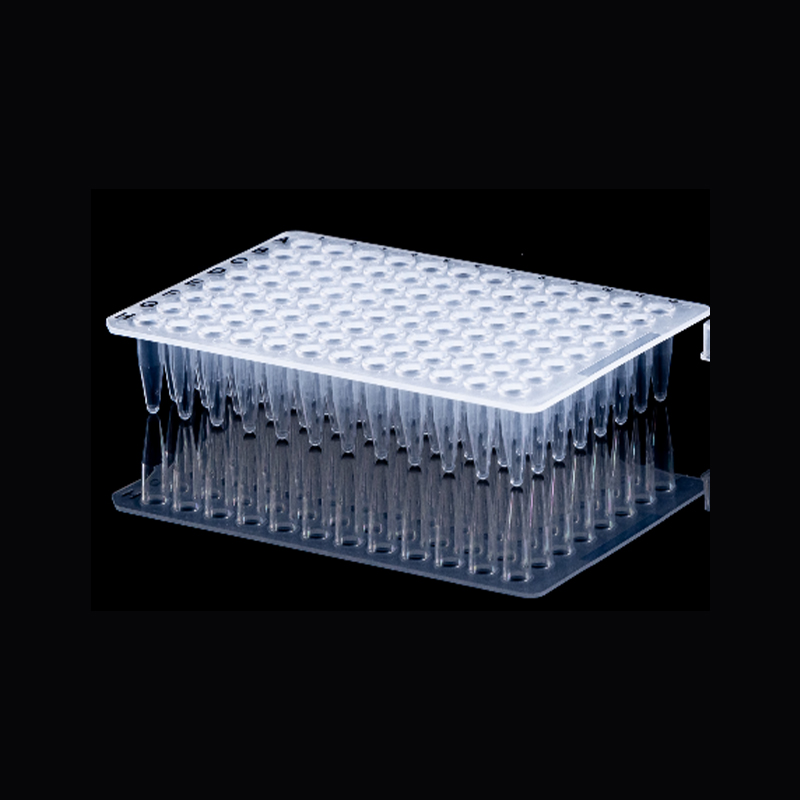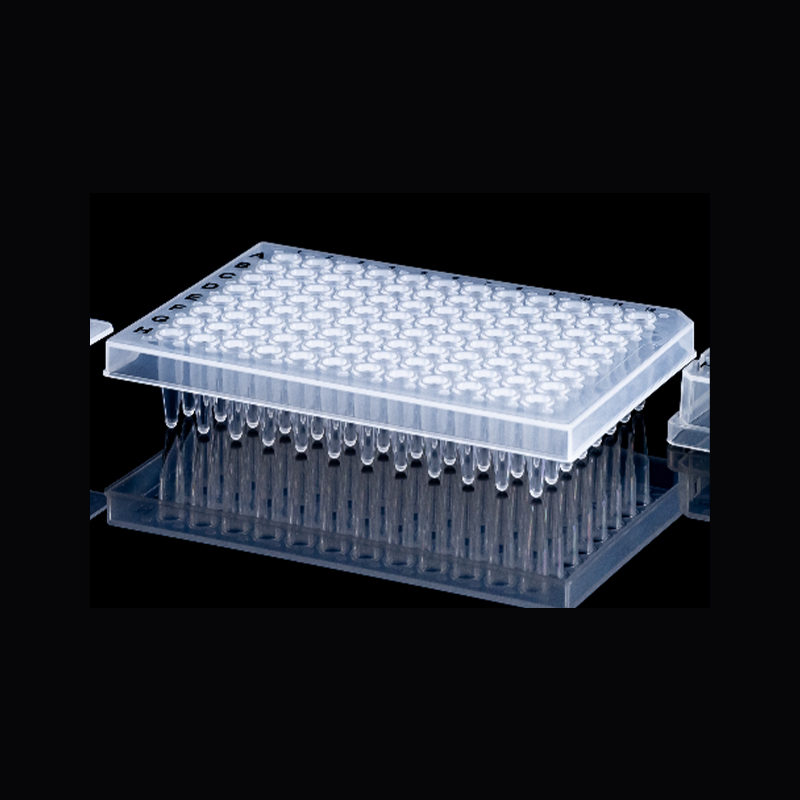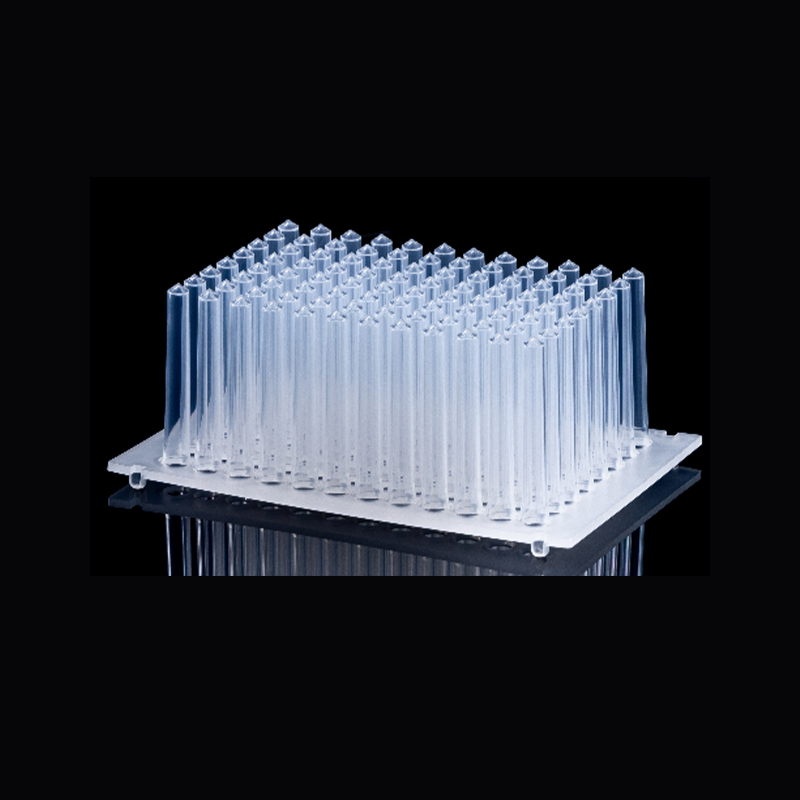How does an electric breast pump's vacuum profile mimic a newborn's sucking rhythm to effectively stimulate the milk letdown reflex without damaging the nipple?
Release Time : 2025-09-16
During breastfeeding, lactation induction and milk production aren't achieved solely through mechanical suction; rather, they rely on complex physiological feedback mechanisms. The mammary tissue's response to stimulation is essentially a biological response to the infant's sucking behavior. Newborns don't apply continuous force when sucking, but rather follow a specific rhythm: initially, rapid, shallow sucks trigger nerve signals that trigger the pituitary gland to release oxytocin, initiating the milk letdown reflex. This rhythm then shifts to a deeper, slower sucking rhythm for sustained milk release. To truly support breast milk secretion, an electric breast pump's core mission is to accurately replicate this natural rhythm. Through a scientifically designed vacuum profile, it guides the body into an efficient milk letdown state without damaging delicate tissue.
The vacuum system of a high-end electric breast pump doesn't simply generate negative pressure; instead, it mimics the biphasic pattern of infant sucking. During the startup phase, the device operates with high-frequency, low-intensity pulses, generating rapidly varying, micro-negative pressure fluctuations. This gentle yet intensive stimulation acts on the nipple nerve endings, signaling to the brain that the baby is seeking the nipple. This stimulates the release of oxytocin, triggers the contraction of the mammary alveoli, and allows milk to pool in the milk sinuses. The focus during this phase is on awakening, not extraction, to avoid nipple swelling or soreness caused by premature application of strong suction.
As the body gradually responds, the breast pump automatically or by the user switches to the expression phase. At this point, the vacuum mode switches to a slower, cyclical suction cycle of moderate intensity. Each increase in negative pressure simulates a baby's deep suck, smoothly drawing out the accumulated milk. The pressure is then released, allowing the breast to return to its natural state, similar to the brief pauses a baby takes when swallowing. This measured rhythm of tension and relaxation maintains a continuous flow of milk while providing ample rest for the breast tissue, preventing microvascular compression or tissue fatigue caused by sustained negative pressure.
A smooth transition in the vacuum curve is also crucial. The slopes of the pressure increases and decreases are carefully controlled to avoid sudden shocks. The ideal curve should undulate gently, like a wave, tailored to the elastic response of the breast. If the pressure suddenly increases, the nipple may be pulled deeper into the bell, causing frictional damage. If the pressure decreases too quickly, it may cause localized vacuum collapse and discomfort. Modern breast pumps, through the collaboration of precision motors and sensors, achieve precise pressure control, ensuring that every suck feels like real breastfeeding.
Furthermore, personalized adjustment allows for greater adaptability of the vacuum curve. Every mother's sensitivity, breast structure, and lactation rhythm vary, making a single setting difficult to meet all needs. Multiple frequency and intensity settings allow users to fine-tune the vacuum curve to their individual preferences, finding the most comfortable and effective setting. Some devices even support custom programs, allowing users to save preferences for different stages of the process, such as using stronger suction during morning filling and switching to a gentler mode at night.
Throughout the entire process, the materials and structure are designed to provide physiological adaptation. The inner wall of the bell is made of soft silicone with smooth, rounded edges, ensuring an even fit under vacuum and eliminating pressure points. The closed system prevents milk backflow, maintains stable suction, and maintains hygienic safety.
When a mother uses an electric breast pump, she relies not only on the power of the machine but also on the technology's profound understanding of natural processes. True support lies not in how many milliliters are extracted but in respecting the body's language and assisting in the gift of life with gentleness and precision. The vacuum curve of an electric breast pump is precisely this translation—transforming mechanical power into a gentle, instinctive call, allowing technology to become a silent and reliable companion in the intimate moments of breastfeeding.
The vacuum system of a high-end electric breast pump doesn't simply generate negative pressure; instead, it mimics the biphasic pattern of infant sucking. During the startup phase, the device operates with high-frequency, low-intensity pulses, generating rapidly varying, micro-negative pressure fluctuations. This gentle yet intensive stimulation acts on the nipple nerve endings, signaling to the brain that the baby is seeking the nipple. This stimulates the release of oxytocin, triggers the contraction of the mammary alveoli, and allows milk to pool in the milk sinuses. The focus during this phase is on awakening, not extraction, to avoid nipple swelling or soreness caused by premature application of strong suction.
As the body gradually responds, the breast pump automatically or by the user switches to the expression phase. At this point, the vacuum mode switches to a slower, cyclical suction cycle of moderate intensity. Each increase in negative pressure simulates a baby's deep suck, smoothly drawing out the accumulated milk. The pressure is then released, allowing the breast to return to its natural state, similar to the brief pauses a baby takes when swallowing. This measured rhythm of tension and relaxation maintains a continuous flow of milk while providing ample rest for the breast tissue, preventing microvascular compression or tissue fatigue caused by sustained negative pressure.
A smooth transition in the vacuum curve is also crucial. The slopes of the pressure increases and decreases are carefully controlled to avoid sudden shocks. The ideal curve should undulate gently, like a wave, tailored to the elastic response of the breast. If the pressure suddenly increases, the nipple may be pulled deeper into the bell, causing frictional damage. If the pressure decreases too quickly, it may cause localized vacuum collapse and discomfort. Modern breast pumps, through the collaboration of precision motors and sensors, achieve precise pressure control, ensuring that every suck feels like real breastfeeding.
Furthermore, personalized adjustment allows for greater adaptability of the vacuum curve. Every mother's sensitivity, breast structure, and lactation rhythm vary, making a single setting difficult to meet all needs. Multiple frequency and intensity settings allow users to fine-tune the vacuum curve to their individual preferences, finding the most comfortable and effective setting. Some devices even support custom programs, allowing users to save preferences for different stages of the process, such as using stronger suction during morning filling and switching to a gentler mode at night.
Throughout the entire process, the materials and structure are designed to provide physiological adaptation. The inner wall of the bell is made of soft silicone with smooth, rounded edges, ensuring an even fit under vacuum and eliminating pressure points. The closed system prevents milk backflow, maintains stable suction, and maintains hygienic safety.
When a mother uses an electric breast pump, she relies not only on the power of the machine but also on the technology's profound understanding of natural processes. True support lies not in how many milliliters are extracted but in respecting the body's language and assisting in the gift of life with gentleness and precision. The vacuum curve of an electric breast pump is precisely this translation—transforming mechanical power into a gentle, instinctive call, allowing technology to become a silent and reliable companion in the intimate moments of breastfeeding.







